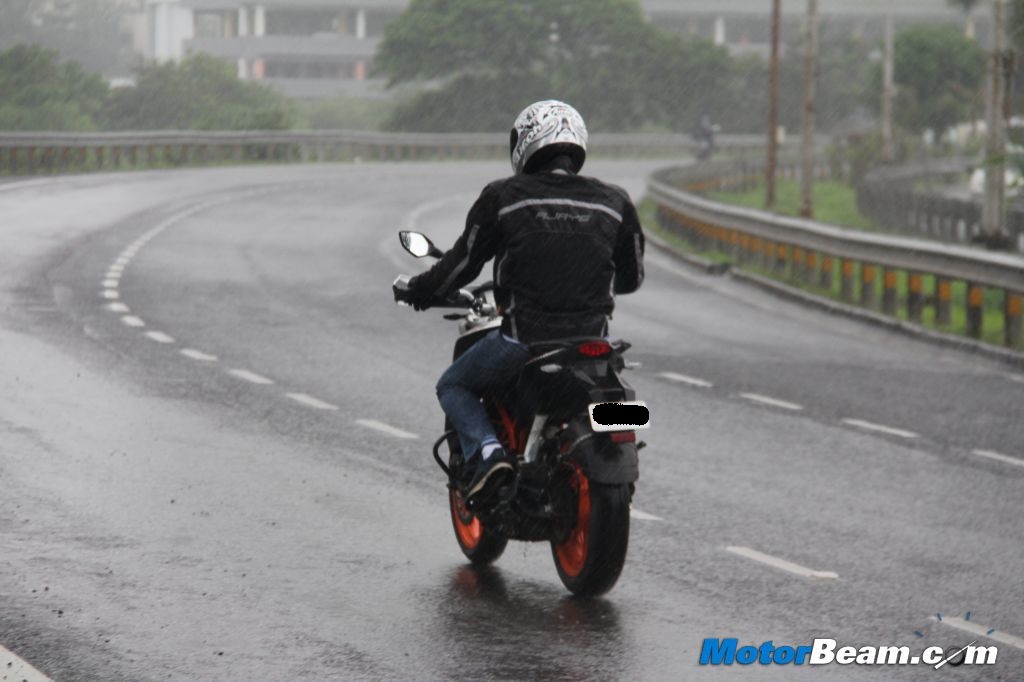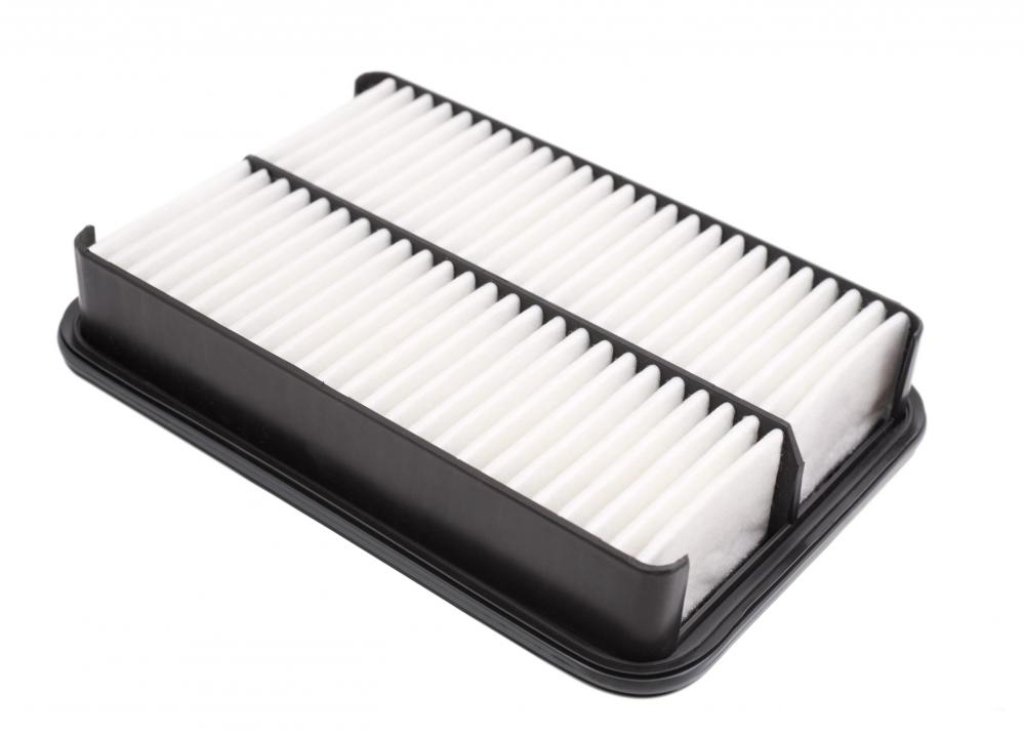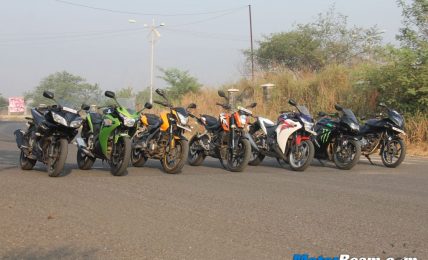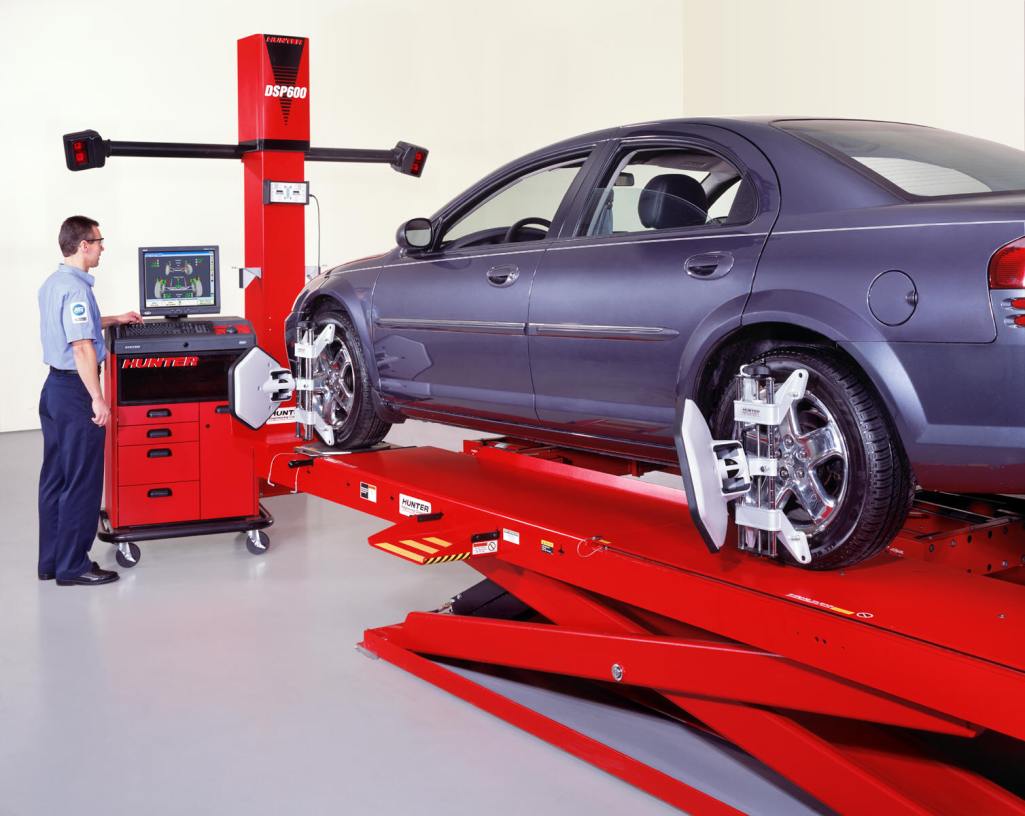Riding your motorcycle can take some effort and lots of precaution during the monsoons to keep you safe and dry. Motorcycle riders are more susceptible to accidents, and the overall poor visibility, slippery roads just add to the misery. As a rider you are exposed to extreme weather conditions as well and that’s why you need to keep few tips in mind while riding to keep yourself safe during the monsoons and enjoy the ride too.
1. No Speeding
You lose traction on wet roads leading to less control on your motorcycle. This enables to ride comfortably while avoiding hard braking. You also have more control on the motorcycle. It is best to ride at 30 – 50 km/hr, where you are in control of the motorcycle. If the visibility is even lower due to foggy weather, it is better to further lower the speed until you feel confident and safe. You also anticipate any mishaps earlier and control them at lower speeds. It is advisable to not ride for the first showers, as the leaked oil and coolant over a period are washed in the first showers and it is best to start riding after that.
2. Maintain Distance
You need to increase the distance between your bike and the vehicle in front. Due to loss of traction, stopping the bike takes longer on wet roads, than on dry roads. Moreover, do not follow a car closely. The potholes missed by the car may catch up with you. Also the water splashed by the car’s rear wheels can reduce your visibility even further.
3. Brake Gently
It is best to use both the disc and drum brakes on your bike for braking. Using the front disc brakes could be hazardous causing a nasty slip, while the drum brakes may not provide the needed stopping power. Press the drum brakes and gently tap the disc brakes to lower the speed of your bike and bring it in control. Get your brakes checked before the monsoons and top off the brake fluid if needed.
4. Focus On The Road
Riding during monsoons is a lot about focusing on the road then on the speed. Uneven patches, muddy roads, potholes, waterlogged areas, stray dogs, pedestrians, foggy weather, other cars are all hurdles that the average biker needs to face on every ride. Your focus needs to be on the road and what’s coming up. Keep a check for signs, especially in low visibility and brake accordingly. If you have a pillion rider, ask him to be alert and look around for any possible issues. Also avoid stopping or parking near trees, as they more likely to be struck by lightning or a broken branch can fall directly on your bike.
5. Avoid Riding In Waterlogged Roads
Just like cars, the principle remains the same for motorcycles. Water can heavily damage your engine, that’s why it is best to avoid waterlogged roads. Make sure you give gentle throttle while riding, so that there is no water entering through the exhaust pipe. Do not stop unnecessarily in a water logged area. Waterlogged roads could be hiding open manholes or potholes that you are unaware of. Maintain consistent speed and ride through that patch. If your bike stalls, just get down and push the bike out of the waterlogged road.
6. Switch On Headlights
The issue of visibility is not only for riders but for other motorists too. The best thing to do is be as visible as possible on road. Switch on the headlights even during the day so that the oncoming traffic knows of your presence. Make sure you clean the headlamps and tail lamps which could be covered with mud in the rains. If you live in areas that have very low visibility, it would be best to add aftermarket blinkers or hazard lights to your bike. Make sure your headlights are on low beam, as to not hamper the vision of the oncoming vehicles. You can use high beams where ever necessary, but stick to low beams as much as possible. Do a pre-monsoon check to make sure all electrical components are in working order. Replace the ones necessary.
7. Ride With Monsoon Gear
Riders are most vulnerable to accidents and that’s why it is important to wear the right monsoon gear while riding. Get a full faced helmet that seals well, so that water does not creep inside the helmet. You can also get a waterproof riding jacket and trousers that will keep you dry while riding. You also get high reflective jackets that make you more visible on roads. Most riding jackets come with safety pads that will absorb the main impact in case of a fall. If the visor has too many scratches, make sure you replace before the monsoon. You can also opt for riding boots, knee and elbow pads, riding gloves in case you are looking long distance riding.
Make sure you have the motorcycle checked and ready to face the monsoons. A healthy bike will perform better; moreover will be reliable on roads. Remember to wash your bike after every ride to get rid of all the mud and dirt, especially on the chain which will be higher during the monsoons. Wish you happy and safe riding.






